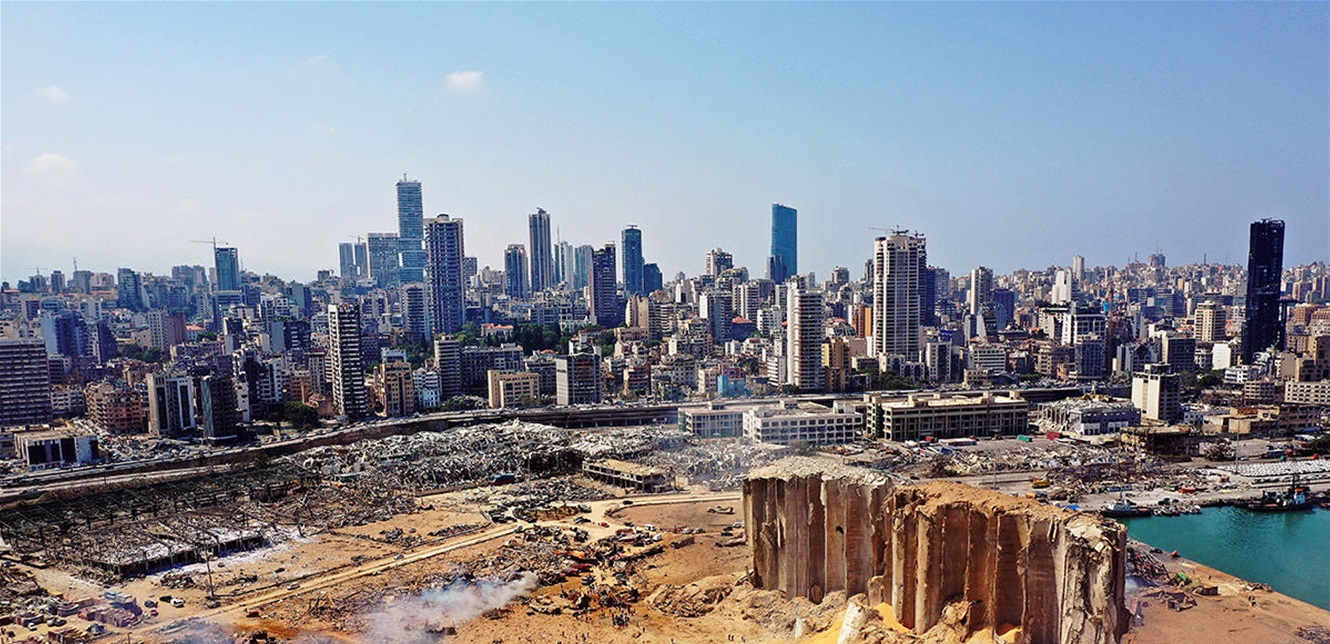Habib Maalouf wrote in the newspaper “Al-Akhbar” under the headline “There are no environmental effects of the port disaster … Yet!”: “It has been about three months since the port of Beirut exploded, with no evidence yet the environmental consequences of the disaster “. Several entities, including the World Bank, the European Union, the United Nations Development Program, other international agencies and the Lebanese Ministry of the Environment, conducted surveys of the explosion site and took samples of its location and surroundings, without any of them providing an environmental assessment of the disaster or determining the amounts of landfill and resulting waste and other environmental impacts. . All of this, and it is still unclear what caused the explosion, what materials exploded, what kind of dust or pollutants were dispersed, and how to deal with them. Likewise, the type and size of the debris that resulted from the explosion is unknown, highlighting that the sanitary landfills that result from this type of disaster are not classified as ordinary, and generally contain toxic and dangerous materials, and need special handling. , either in terms of collection methods and means of prevention or in terms of choice of storage locations and treatment methods. . Furthermore, nobody explained to the associations that participated in the removal of the rubble and to the volunteers who worked to remove the rubble, what can be classified and how, and if there are materials that can be reused, manufactured or used, or how to deal with materials. hazards within an integrated plan that begins with how to Sort, group, move, process or migrate. In addition, the places for the collection of landfills were not carefully chosen and disputes arose over these places, smuggling from some landfills was recorded and randomly assigned to voluntary and non-voluntary cleaning, transportation and collection.
There are those who counted the number of deaths and injuries, the size of the damage, and the compensation … Regarding the type of materials that were inhaled during and after the explosion, during the collection and transport of the sanitary landfills and in the places where they were collected, and the impact of all this on public health in the short and long term … Nobody understood anything about it. Although it is true that landfills contain asbestos, which is used in roofs and pipes and causes cancerous diseases. Reports, not yet officially released, revealed that this material was found in air samples taken from the demolished sites. Keep in mind that in demolished homes there are also many other materials that are classified as dangerous, such as chemical cleaning materials, electronics, medical waste, among others. Despite all this, no preventive measures were taken, not during mopping, cleaning, rebuilding … not now. Experts expect the situation to get worse with the first rains, when all those suspended materials and dust that are transferred to and around mix with groundwater and drinking water through the worn pipes. Read the full article. Press here.
